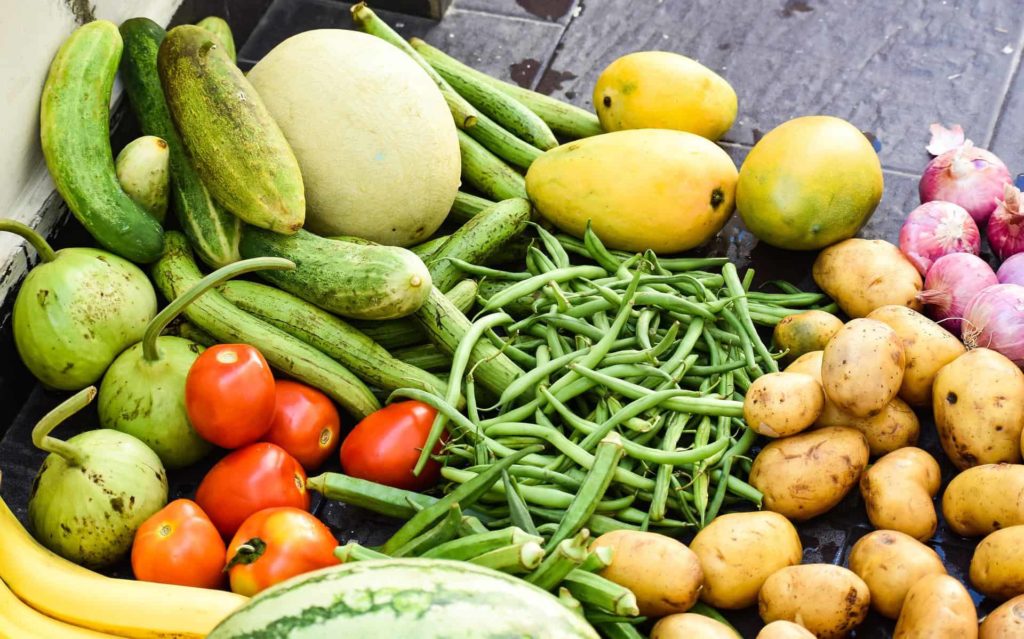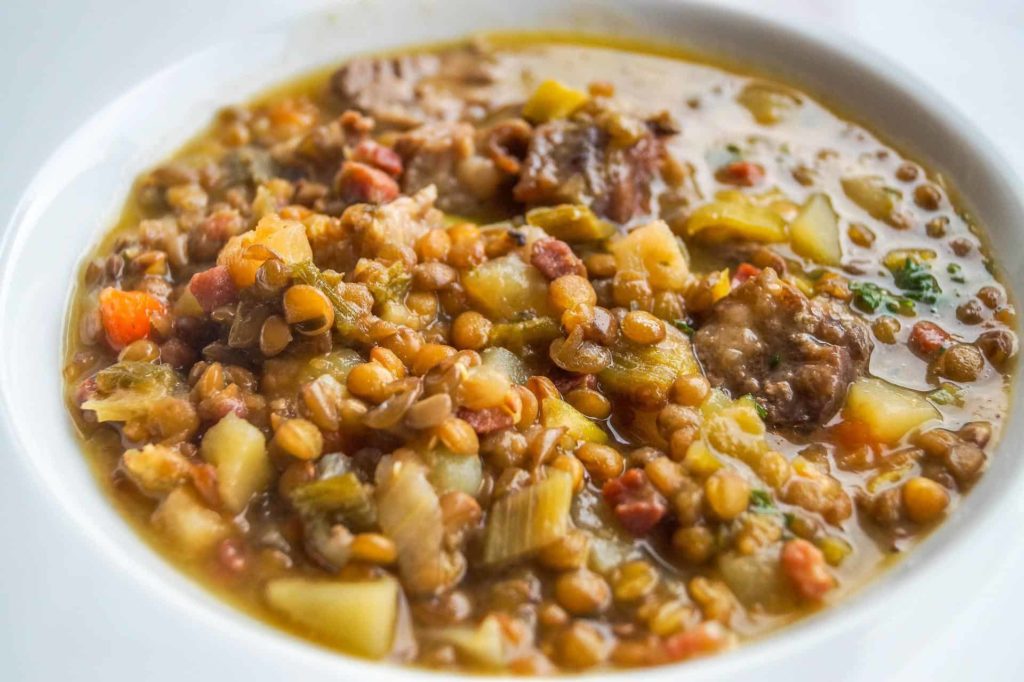
Hospital food has a reputation for being unhealthy and tasting poorly. It’s understandable to wonder if there’s any truth to the matter.
As it stands, the truth of the matter is a complex one. Hospitals are more overworked than they’ve ever been in the middle of the pandemic. Food tends to fall to the wayside when professionals have to divert resources to keeping supplies stocked and buildings staffed.
Is hospital food unhealthy? If so, what can we do to improve the state of nutrition in medical spaces? Keep reading to learn more about this issue and what you can do to help.
Poor Nutrition
A healthy diet is a must-have for a healthy lifestyle. When even a minor vitamin deficiency can impact your immune system or digestive system, you can never be too careful.
Unfortunately, hospital food isn’t known for being nutritious. Due to the hectic nature of hospitals and clinics, medical workers often opt for speed over nutrition. Many of today’s hospitals have more fast food and vending machines than they do healthy food options.
This lack of access results in workers who are still not getting the full range of calories, vitamins, and minerals they need to operate efficiently.
Eight Things You Should Know About Hospital Food
1 The Hospital Budget
Hospital budgets are tight at the best of times. Better food health struggles when so much money needs to go elsewhere.
Many of today’s hospitals rely too much on cheap take-out options, fast food, and vending machines to feed their staff. Patients also struggle to receive good nutrition during their stay, which directly impacts their physical recovery.
Low-grade food vendors may seem like a great partnership in the short-term, but they’re a damaging resource in the long run.
2 Fast Food Options
What makes fast food so unhealthy, anyway? It’s a shorter list to say what makes them healthy! Fast food tends to have a higher amount of carbs, refined sugar, and excess fats.
Fast food also relies excessively on processed meat, which contains several damaging additives that lead to issues such as:
- Increased risk of cancer
- Increased risk of heart disease
- Increased risk of high blood pressure
3 Processed Foods
Now that we’ve touched on fast food, let’s continue to explore processed foods. While processed foods taste lovely and give you a kick of energy, they’re pretty unhealthy overall.
Processed meats are often smoked and salted for flavor. While they taste nice, too much salt and smoke can significantly increase your risk for long-term health complications. Other processed foods you’ll often find in a hospital include:
- Cheese
- Chips
- Canned vegetables
Related: Why You Shouldn’t Drink While Taking Antibiotics
4 Skip the Meat
When in doubt? Skip the meat and seek out balanced vegetarian options. There’s nothing wrong with a bit of meat occasionally, but relying on this ingredient is detrimental.
Many vegetarian meals are still able to provide a healthy amount of iron, protein, and B12. Replacing a meat-based diet can look like adding the following ingredients:
- Legumes
- Beans
- Leafy greens
- Eggs
- Soy
Related: How Technology Helps In Hospitals
5 Healthier Take-Out Options
Not all take-out is unhealthy! Finding a sufficient option means choosing a business that prioritizes organic ingredients and healthy recipes.
One alternative hospitals can try is partnering with smaller local businesses to supply their staff and patients. Not only can healthy take-out provide a more nutritious meal, the fast service is a good morale boost for tired employees.
Related: How Healthy Is America Compared To Other Countries?
In-patient healthcare is seeing a dramatic shift. We’re proud to provide hospitalist services designed around reliable schedules, professional development, and a commitment to growth.

6 Fruits and Veggies
A diet rich in fruits and vegetables is key to enjoying prime physical health. Hospitals should have steady access to fruits and vegetables throughout the day for everyone in the building.
Fruit cups may seem tempting due to their convenience, but they tend to be overloaded with excess sugars. Fruits and vegetables that hold up well to the test of time include:
- Apples
- Bananas
- Oranges
- Carrots
- Cucumbers
7 Grains
Whole grains are incredibly nutritious. Bleached and refined flour is usually found in fast food locations, so try to steer clear to give your hospital staff better balance.
Seek out whole grains in your take-out or on-site cooking options such as:
- Whole grain bread
- Buckwheat
- Oatmeal
- Quinoa
- Brown rice
8 Bring Food From Home
Sometimes you’re better off bringing food from home. With so many medical workers trying to work around a busy schedule, encourage staff to try clever recipes on their off-time.
For example, lentil and potato soup is easy to make and holds well in the fridge for three to four days. Likewise, quinoa salad and whole grain pasta salad is good for a few days after cooking.

Final Thoughts
Hospital food is often unhealthy, though not without reason. Since medical facilities are strained at the best of times, staff are keen on finding fast, easy food options.
Hospital food tends to rely on fast food or take-out to compensate for time. To improve the nutritional value of your patients and staff, seek out the following options:
- Fewer processed foods
- Less meat
- More whole grains, fruits, and vegetables
- Encourage bringing home cooked meals
- Partner with local small businesses for healthy take-out
Give your patients the best possible service. Contact us today to enjoy in-patient hospitalist services designed to work alongside your busy schedule.
